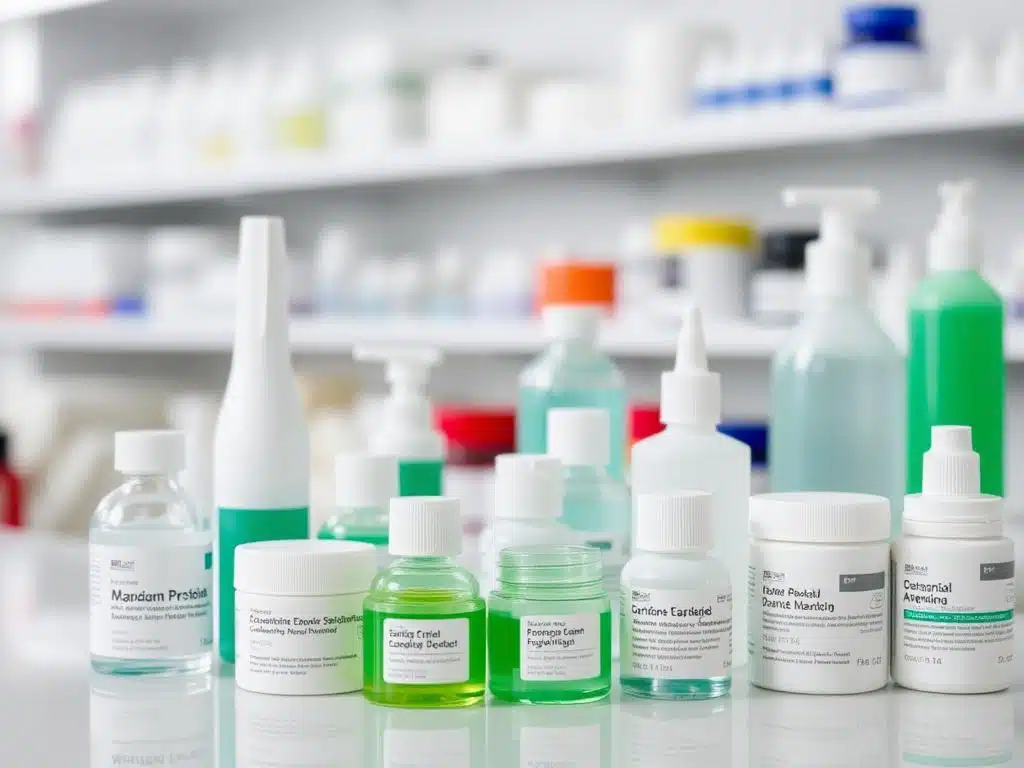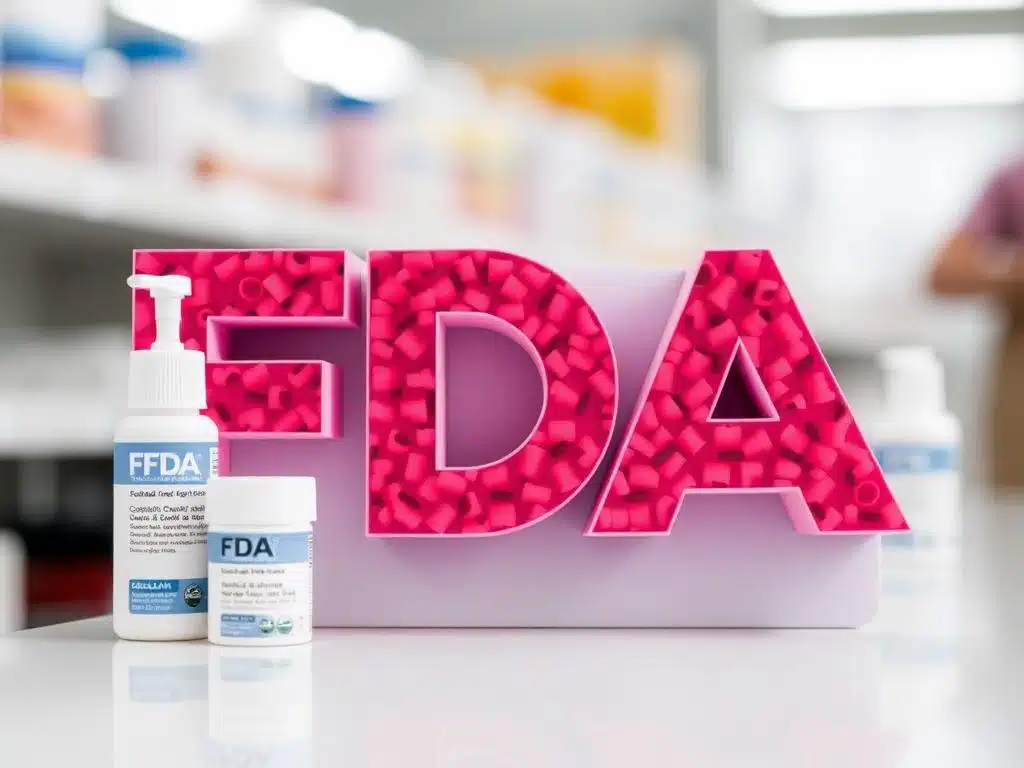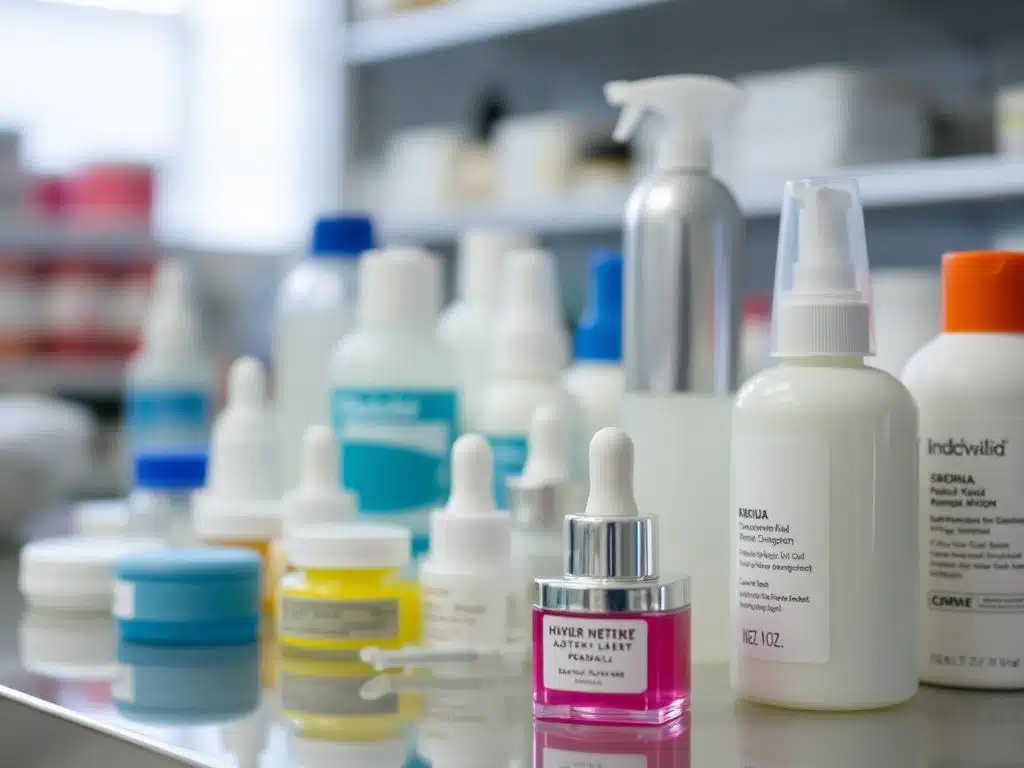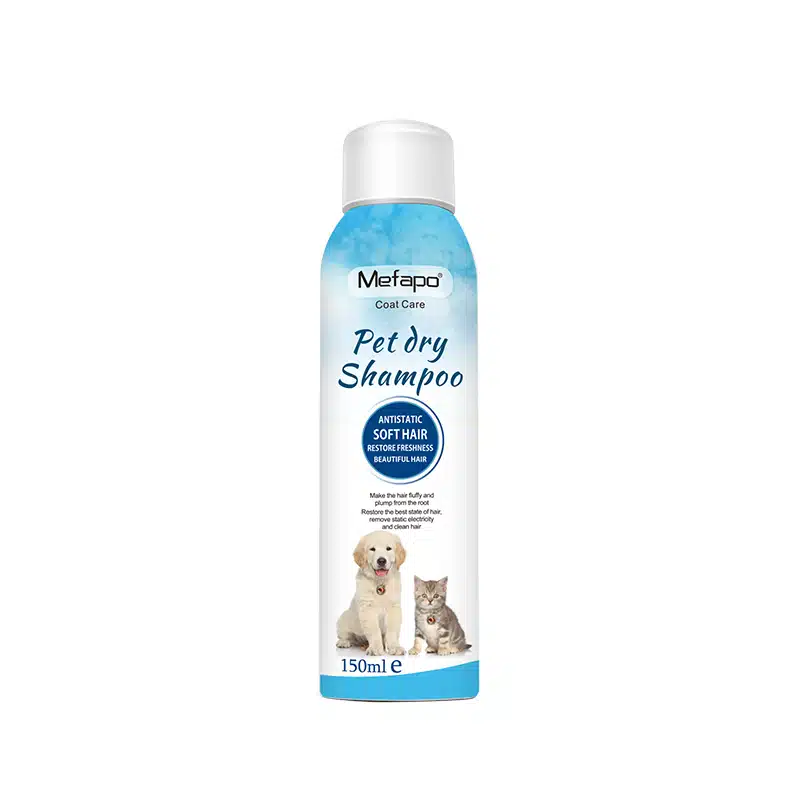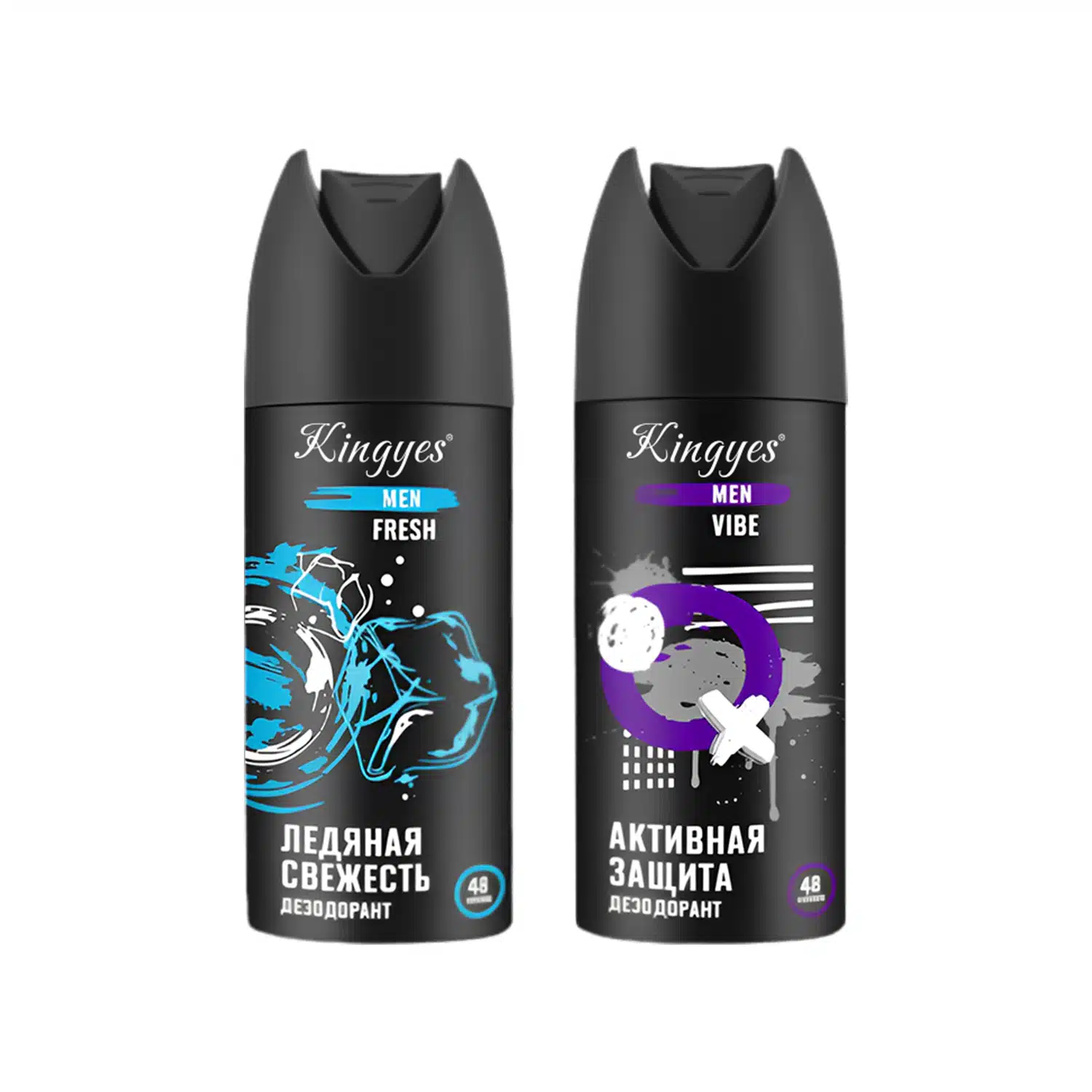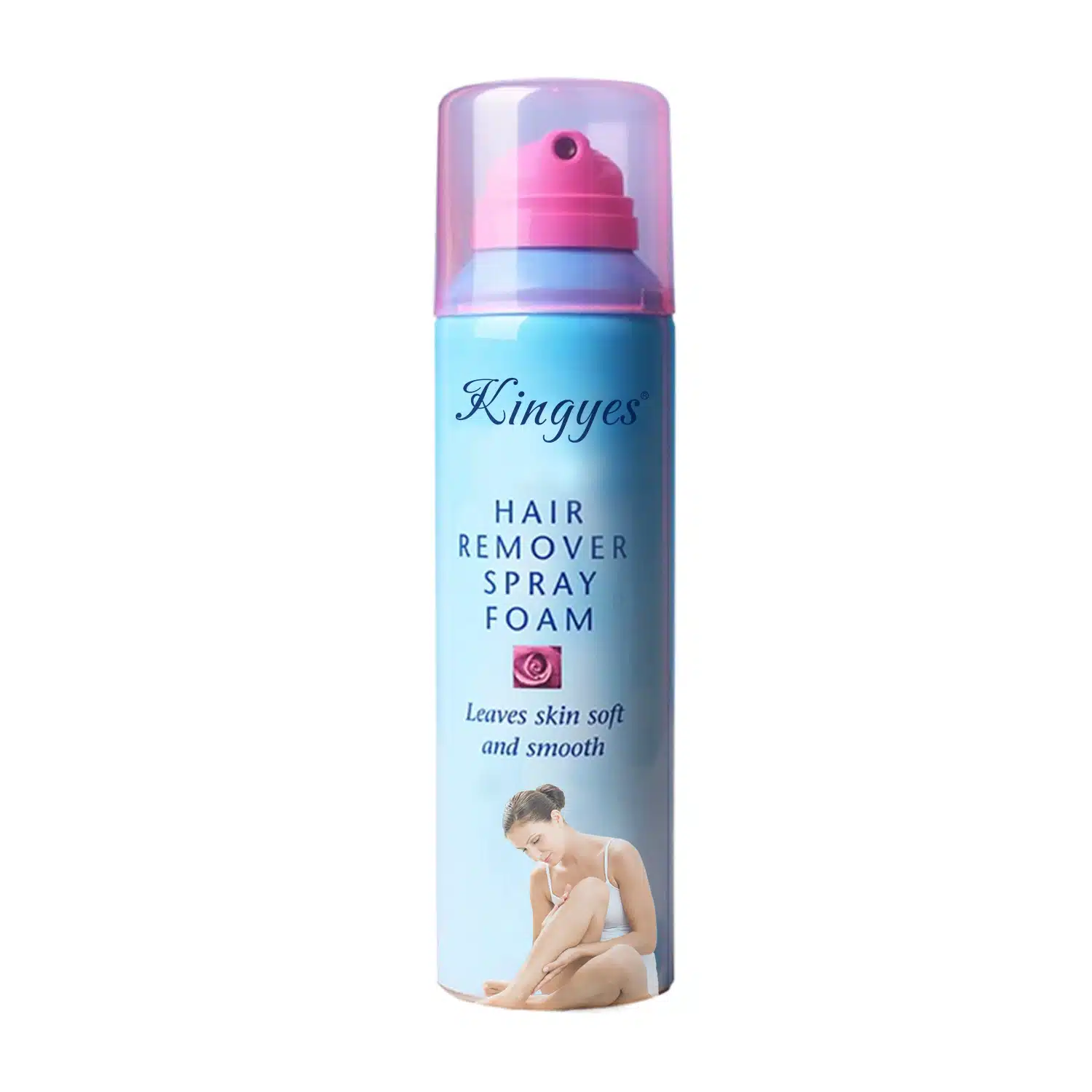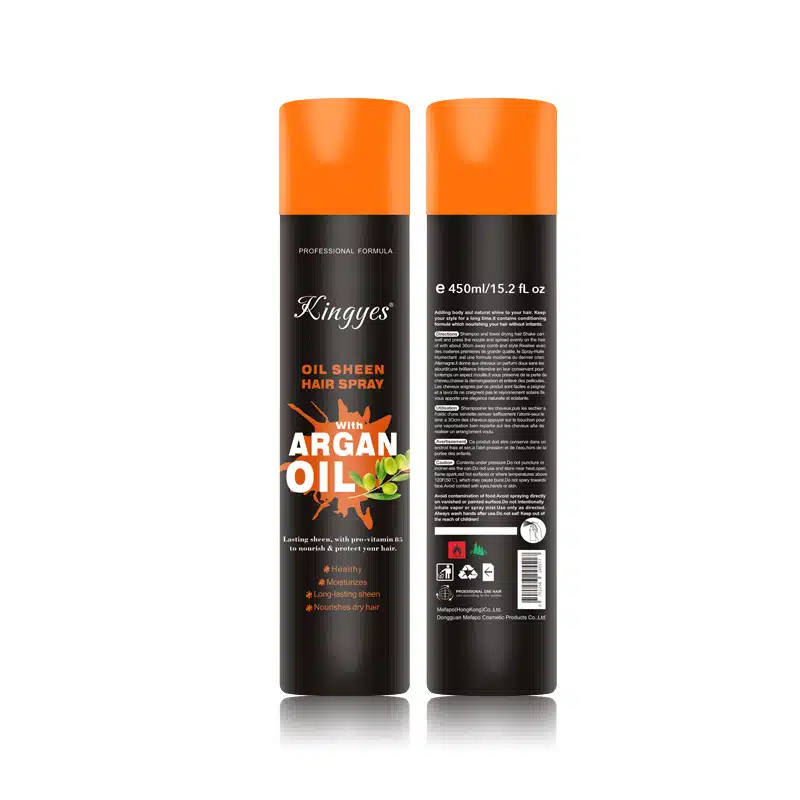
What Does The FDA Require Cosmetic Manufacturers To Do?
Table of Contents
Safety and Standards: What Does the FDA Require Cosmetic Manufacturers to Do?
The cosmetic industry is a vast and dynamic sector, constantly introducing new and innovative products to meet consumer demands. But amidst the creativity and competition, ensuring the safety and quality of cosmetic products is paramount. This is where the U.S. Food and Drug Administration (FDA) plays a crucial role. The FDA has specific requirements for cosmetic manufacturers to safeguard consumer health and maintain quality standards. This article delves into the FDA’s expectations for cosmetic manufacturing, exploring quality control measures, Good Manufacturing Practices (GMP), product testing, and labeling requirements. Understanding the FDA requirements is essential for anyone involved in the cosmetics industry, from manufacturers and formulators to marketers and distributors. We will explore what cosmetic companies need to know about quality control and cosmetic quality control.
The FDA’s Authority Over Cosmetics: Understanding the Legal Framework
The FDA’s authority over cosmetics is granted under the Federal Food, Drug, and Cosmetic Act (FD&C Act), which was enacted in 1938. While the FD&C Act gives the FDA broad authority to regulate cosmetics, it’s important to note that cosmetics are not subject to pre-market approval by the FDA, unlike drugs. This means that cosmetic manufacturers are not required to obtain FDA approval before launching a product on the market. However, the FD&C Act does prohibit the marketing of adulterated or misbranded cosmetics in interstate commerce.
The FD&C Act defines cosmetics as “articles intended to be rubbed, poured, sprinkled, or sprayed on, introduced into, or otherwise applied to the human body…for cleansing, beautifying, promoting attractiveness, or altering the appearance.” This definition encompasses a wide range of products, including:
- Makeup (e.g., foundation, lipstick, mascara)
- Skin care products (e.g., moisturizers, cleansers, toners)
- Hair care products (e.g., shampoos, conditioners, styling products)
- Fragrances
- Nail products (e.g., nail polish, nail polish remover)
- Shaving products
- Oral hygiene products (e.g., toothpaste, mouthwash) – regulated as drugs in some countries
The FDA’s authority over cosmetics primarily focuses on ensuring that products are safe for their intended use and are properly labeled. The FDA can take action against companies that market adulterated or misbranded cosmetics, including issuing warning letters, seizing products, and seeking injunctions or criminal penalties in cases of serious violations. Cosmetic manufacturers must be aware of these regulations.
Good Manufacturing Practices (GMP): The Foundation of Cosmetic Quality
Good Manufacturing Practices (GMP) are a set of guidelines that outline the minimum requirements that a manufacturer must meet to ensure that their products are consistently high-quality, safe, and fit for their intended use. GMP covers all aspects of production, from raw material sourcing and handling to manufacturing, packaging, labeling, and distribution. GMP is essential for maintaining quality control in the cosmetics industry. Adhering to GMP principles is crucial for cosmetic manufacturers to meet FDA expectations and ensure consumer safety.
While the FDA has not issued specific GMP regulations for cosmetics, they have published GMP guidelines that provide recommendations on best practices for cosmetic manufacturing. These guidelines address various aspects of production, including:
- Personnel: Ensuring that all personnel involved in cosmetic manufacturing and quality control are adequately trained and qualified to perform their tasks.
- Buildings and Facilities: Maintaining clean and sanitary manufacturing facilities that are designed to prevent contamination and ensure the orderly flow of materials and personnel.
- Equipment: Using equipment that is appropriate for its intended use, properly maintained, and regularly cleaned and sanitized.
- Production and Process Controls: Implementing procedures to control all stages of the production process, from weighing and mixing ingredients to filling and packaging the final product. This helps to ensure consistent quality.
- Raw Materials and Components: Establishing specifications for all raw materials and packaging components, verifying that incoming materials meet these specifications, and properly storing and handling them.
- Laboratory Controls: Implementing procedures for testing raw materials, in-process samples, and finished products to verify their identity, purity, strength, and other quality attributes.
- Records and Reports: Maintaining detailed records of all manufacturing and quality control activities, including batch records, test results, deviations, and corrective actions.
- Returned and Salvaged Products: Establishing procedures for handling returned products and determining whether they can be salvaged or should be destroyed.
Although the FDA’s GMP guidelines for cosmetics are not mandatory regulations, they are considered to represent the current best practices in the industry. The FDA strongly encourages cosmetic manufacturers to follow these guidelines, and they may use them as a reference during inspections. Following GMP helps cosmetic companies maintain quality control of cosmetic products and demonstrate their commitment to product quality and safety. Cosmetic product testing is an essential part of GMP.
Ingredient Safety: What the FDA Requires
Ensuring the safety of cosmetic ingredients is a fundamental aspect of the FDA’s oversight of the cosmetic industry. While the FDA does not pre-approve cosmetic ingredients, they do require that all ingredients used in cosmetic products be safe for their intended use under the labeled or customary conditions of use. Cosmetic manufacturers are responsible for substantiating the safety of their products and ingredients before marketing them. Cosmetic ingredients must be safe for consumers.
The FDA relies on several mechanisms to monitor the safety of cosmetic ingredients:
- Voluntary Cosmetic Registration Program (VCRP): While not mandatory, the FDA encourages cosmetic manufacturers to participate in the VCRP. This program allows companies to register their manufacturing facilities and file Cosmetic Product Ingredient Statements (CPIS), which provide information about the ingredients used in their products. The VCRP helps the FDA monitor the types of ingredients being used in the market and identify potential safety concerns.
- Post-Market Surveillance: The FDA monitors the market for reports of adverse events associated with cosmetic products. This includes reviewing consumer complaints, reports from healthcare professionals, and scientific literature.
- Scientific Research: The FDA conducts and supports research on the safety of cosmetic ingredients, particularly those that raise safety concerns.
- Collaboration with Industry and International Partners: The FDA collaborates with industry groups, such as the Personal Care Products Council (PCPC), and international regulatory bodies to share information and address emerging safety issues.
- Enforcement Actions: If the FDA determines that a cosmetic ingredient is unsafe or that a product is adulterated or misbranded, they can take enforcement action, such as issuing warning letters, requesting recalls, or seizing products.
Cosmetic manufacturers must stay informed about the latest scientific research and regulatory developments related to ingredient safety. They should also conduct thorough safety assessments of their products and ingredients, using appropriate testing methods and relying on scientific data to support their safety claims. Ingredient safety is a crucial aspect of cosmetic quality control.
Prohibited and Restricted Ingredients: Ensuring Consumer Safety
The FDA has the authority to prohibit or restrict the use of specific ingredients in cosmetic products if they are found to be unsafe or if their use is not in compliance with regulations. There are certain ingredients that are prohibited from use in cosmetics in the United States, and others that are subject to restrictions on their concentration or conditions of use. Cosmetic manufacturers must be aware of these substances.
Examples of prohibited ingredients include:
- Bithionol: A halogenated salicylanilide that can cause photocontact sensitization.
- Chlorofluorocarbon propellants: These were commonly used in aerosol products but were banned due to their harmful effects on the ozone layer.
- Chloroform: A solvent that is prohibited due to its toxicity.
- Halogenated salicylanilides (certain types): These can cause serious skin disorders.
- Methylene chloride: A solvent that is considered a carcinogen.
- Vinyl chloride: Used in aerosol products, this chemical is a known human carcinogen.
- Zirconium-containing complexes: These were used in aerosol antiperspirants but were found to cause lung damage.
- Hexachlorophene: An antibacterial agent, its use is restricted due to its potential toxicity. It is limited to very low concentrations when no other preservative is effective.
Examples of restricted ingredients include:
- Mercury compounds: These are generally prohibited except under specific conditions, such as in trace amounts as a preservative in eye-area cosmetics where no other effective and safe preservative is available.
- Sunscreens: The active ingredients used in sunscreens are regulated as over-the-counter drugs in the U.S., and their use is subject to specific concentration limits and labeling requirements.
- Color additives: All color additives used in cosmetics must be approved by the FDA and listed in the Code of Federal Regulations (CFR). Some color additives are only approved for specific uses (e.g., external use only) or are subject to batch certification by the FDA.
Cosmetic manufacturers must ensure that their products do not contain any prohibited ingredients and that any restricted ingredients are used in compliance with the applicable regulations. They should also stay informed about any updates or changes to the list of prohibited or restricted ingredients. Failure to comply with these regulations can result in enforcement action by the FDA.
Labeling Requirements: Transparency and Accuracy
Proper labeling is a critical aspect of cosmetic quality control and a key requirement under the FD&C Act and the Fair Packaging and Labeling Act (FPLA). Cosmetic labels must be truthful, not misleading, and provide consumers with essential information about the product. Cosmetic manufacturers must ensure that their product labels comply with all applicable FDA regulations.
Key FDA labeling requirements for cosmetics include:
- Statement of Identity: The label must clearly state what the product is (e.g., “moisturizing lotion,” “shampoo,” “foundation”).
- Net Quantity of Contents: The label must accurately state the net weight, measure, or numerical count of the product in the container.
- Name and Place of Business: The label must identify the name and address of the manufacturer, packer, or distributor.
- Ingredient Declaration: Cosmetic ingredients must be listed in descending order of predominance by weight, with certain exceptions (e.g., ingredients present at 1% or less can be listed in any order after the ingredients present at more than 1%, and color additives can be listed at the end in any order). Ingredients must be listed using their common or usual names, typically the names established by the International Nomenclature of Cosmetic Ingredients (INCI).
- Warning Statements: Certain cosmetics require specific warning statements. For example, aerosol products must carry a warning about flammability and the dangers of intentional misuse by inhaling the contents. Products that have not had their safety substantiated must bear a warning to that effect.
- Directions for Safe Use: If a cosmetic product requires specific directions for safe use, these must be included on the label.
- Language: All required label information must be in English, although it may also be provided in other languages.
- Prominence and Conspicuousness: Required label information must be prominently displayed and easy to read. The type size, font, and placement of the information are regulated to ensure that consumers can easily find and read the required information.
Cosmetic labels must not contain any false or misleading claims, and they must not make drug claims (i.e., claims that the product can treat or prevent a disease or affect the structure or function of the body). Cosmetic companies should carefully review their product labels to ensure they comply with all FDA requirements.
Cosmetic Product Registration and Facility Registration
While the FDA does not require pre-market approval for cosmetic products, they do encourage cosmetic manufacturers to participate in the Voluntary Cosmetic Registration Program (VCRP). The VCRP involves two parts:
- Registering manufacturing facilities: Cosmetic manufacturers and packers can register their facilities with the FDA. This helps the FDA know where cosmetics are being manufactured and who is responsible for producing them.
- Filing Cosmetic Product Ingredient Statements (CPIS): Companies can file a CPIS for each of their cosmetic products. The CPIS provides information about the product’s ingredients, frequency of use, and other relevant details.
Participating in the VCRP is voluntary, but it can provide several benefits to cosmetic companies:
- Information Resource: The FDA uses the information in the VCRP database to assess the types of products and ingredients being used in the cosmetic industry and to identify potential safety concerns.
- Ingredient Review: By filing a CPIS, companies can have their cosmetic formulations reviewed by the FDA for potential safety issues or prohibited ingredients.
- Export Assistance: Some countries require that imported cosmetics be registered with the FDA, and participation in the VCRP can facilitate this process.
- Demonstrated Responsibility: Participating in the VCRP demonstrates a company’s commitment to transparency and cooperation with the FDA.
Although the VCRP is voluntary, the FDA encourages all cosmetic manufacturers to participate. The information provided through the VCRP helps the FDA fulfill its mission of protecting public health and ensuring the safety of cosmetic products.
Inspections and Enforcement: How the FDA Ensures Compliance
The FDA has the authority to inspect cosmetic manufacturing facilities to ensure compliance with the FD&C Act and other applicable regulations. FDA inspections can occur at any time, and manufacturers are required to allow FDA investigators access to their facilities, records, and products. During an inspection, FDA investigators may:
- Review the company’s procedures and records related to manufacturing, quality control, product testing, and labeling.
- Inspect the manufacturing facilities and equipment to ensure they are clean, well-maintained, and suitable for their intended use.
- Collect samples of raw materials, in-process materials, and finished products for testing.
- Interview employees to assess their understanding of GMP and other relevant procedures.
- Verify that the company is following GMP guidelines and other applicable regulations.
If the FDA finds violations during an inspection, they may issue a Form 483, which lists the observed objectionable conditions. The company is expected to respond to the Form 483 in writing, outlining the corrective actions they will take to address the violations. The FDA may conduct follow-up inspections to verify that the corrective actions have been implemented effectively.
In cases of serious or repeated violations, the FDA can take further enforcement action, such as:
- Warning Letters: These letters notify the company of the violations and request that they take prompt corrective action.
- Seizures: The FDA can seize cosmetic products that are adulterated or misbranded.
- Injunctions: The FDA can seek a court order to stop a company from manufacturing or distributing cosmetic products that violate the law.
- Criminal Prosecution: In cases of willful or egregious violations, the FDA can pursue criminal charges against the company and its responsible individuals.
The FDA’s inspection and enforcement activities are aimed at ensuring that cosmetic manufacturers comply with the law and that cosmetic products on the market are safe and properly labeled.
Adverse Event Reporting: Monitoring Product Safety
Even with rigorous quality control and testing, it’s possible for consumers to experience adverse events associated with cosmetic products, such as skin irritation, allergic reactions, or other health problems. The FDA monitors the safety of cosmetic products after they are on the market through adverse event reporting.
While cosmetic manufacturers are not legally required to report adverse events to the FDA (except for serious and unexpected adverse events associated with over-the-counter drugs, which may include some cosmetic-type products like sunscreens), the FDA encourages both consumers and manufacturers to report any problems associated with cosmetic products. Adverse events can be reported to the FDA through the MedWatch system, either online or by phone.
The FDA uses adverse event reports to identify potential safety signals and to take action to protect public health. This may include:
- Investigating the cause of the adverse event: The FDA may work with the manufacturer to determine whether the product was defective or whether there was another cause for the adverse event.
- Requesting label changes: If the FDA determines that a cosmetic product poses a safety risk, they may request that the manufacturer change the product’s label to include additional warnings or directions for safe use.
- Requesting a product recall: If a cosmetic product is found to be adulterated, misbranded, or unsafe, the FDA may request that the manufacturer voluntarily recall the product from the market.
- Taking regulatory action: In cases of serious or widespread safety issues, the FDA can take enforcement action, such as seizing products or seeking injunctions.
Adverse event reporting plays a crucial role in the FDA’s post-market surveillance of cosmetic products. It helps the agency identify and address safety concerns that may not have been apparent during pre-market testing. Cosmetic companies should have systems in place for collecting, investigating, and reporting adverse events associated with their products.
The Role of Testing in Meeting FDA Requirements
Testing plays a vital role in helping cosmetic manufacturers meet FDA requirements and ensure the safety and quality of their products. Cosmetic product testing can be divided into several categories:
Safety Testing: This involves assessing the potential for a cosmetic product to cause harm to consumers under normal or reasonably foreseeable conditions of use. Safety testing may include:
- Skin Irritation and Sensitization Testing: To evaluate the product’s potential to cause skin irritation or allergic reactions.
- Eye Irritation Testing: To assess the product’s potential to cause eye irritation.
- Phototoxicity and Photoallergy Testing: To determine whether the product causes adverse reactions when exposed to sunlight.
- Toxicity Testing: To evaluate the potential for systemic toxicity if the product is ingested or absorbed through the skin.
Microbiological Testing: This involves testing the product for the presence of microorganisms, such as bacteria, yeast, and mold. Cosmetic products must be adequately preserved to prevent microbial growth during their intended shelf life and use. Microbiological testing may include:
- Microbial Limits Testing: To determine the total number of aerobic microorganisms present in the product.
- Preservative Efficacy Testing (Challenge Testing): To assess the effectiveness of the preservative system in preventing microbial growth.
- Stability Testing: This involves assessing the product’s ability to maintain its intended physical, chemical, and microbiological quality under various storage conditions over time. Stability testing helps to determine the product’s shelf life and appropriate storage conditions. It typically involves storing product samples at different temperatures and humidity levels for a set period and then testing them at regular intervals.
- Chemical and Physical Testing: This involves testing the product’s chemical composition, pH, viscosity, color, odor, and other physical and chemical properties to ensure they meet the established specifications.
- Performance Testing: Although not specifically required by the FDA, many cosmetic companies conduct performance or efficacy testing to substantiate claims made about their products (e.g., moisturizing, anti-aging, anti-wrinkle). This may involve instrumental measurements, consumer perception studies, or clinical trials.
Cosmetic manufacturers must maintain detailed records of all testing conducted on their products, including the testing methods used, the results obtained, and any corrective actions taken. This documentation may be reviewed by the FDA during inspections. Testing is a critical aspect of quality control in the cosmetics industry.
Staying Ahead of the Curve: Emerging Trends and Challenges
The cosmetic industry is constantly evolving, with new trends, technologies, and consumer preferences emerging all the time. Cosmetic manufacturers and regulators must stay informed about these developments and adapt their quality control practices accordingly. Some key trends and challenges that are shaping the future of cosmetic quality control include:
- Natural and Organic Cosmetics: There is a growing demand for cosmetics made with natural and organic ingredients. However, these products can present unique challenges for quality control, as natural ingredients can be more variable in their composition and more susceptible to microbial contamination. Cosmetic manufacturers must carefully source and test these ingredients to ensure their safety and quality.
- Personalized Cosmetics: The trend towards personalized cosmetics, where products are tailored to individual consumers’ needs and preferences, is creating new challenges for quality control. Manufacturers need to develop flexible manufacturing processes that can accommodate small batch sizes and customized formulations while maintaining product quality and safety.
- Advanced Technologies: New technologies, such as biotechnology, nanotechnology, and 3D printing, are being used to develop innovative cosmetic products and delivery systems. These technologies require new approaches to quality control and safety assessment.
- Sustainability: Sustainability is becoming an increasingly important consideration in the cosmetic industry. Consumers are looking for products that are environmentally friendly, ethically sourced, and produced using sustainable manufacturing practices. Cosmetic companies are responding by using more sustainable ingredients, reducing their water and energy consumption, minimizing waste, and adopting eco-friendly packaging.
- E-commerce and Direct-to-Consumer Brands: The rise of e-commerce and direct-to-consumer cosmetic brands has created new challenges for quality control and regulatory oversight. These companies may have less experience with cosmetic regulations and may not have the same level of quality control infrastructure as larger, more established manufacturers.
- Global Harmonization of Standards: Efforts are underway to harmonize cosmetic regulations and standards globally. This will simplify compliance for companies operating in multiple markets and help to ensure consistent product quality and safety worldwide.
The cosmetic industry must embrace these trends and challenges as opportunities for innovation and improvement. By staying informed, adapting to new technologies, and collaborating with regulators and other stakeholders, the industry can continue to enhance the quality and safety of cosmetic products and meet the evolving needs and expectations of consumers.
Key Things to Remember:
- The FDA regulates cosmetics under the Federal Food, Drug, and Cosmetic Act (FD&C Act) and the Fair Packaging and Labeling Act (FPLA).
- Cosmetics are not subject to pre-market approval by the FDA, but they must be safe for their intended use and properly labeled.
- The FDA has published Good Manufacturing Practice (GMP) guidelines for cosmetics, which provide recommendations on best practices for cosmetic manufacturing and quality control.
- Cosmetic manufacturers are responsible for ensuring the safety of their products and ingredients before marketing them.
- The FDA prohibits or restricts the use of certain ingredients in cosmetic products due to safety concerns.
- Cosmetic labels must comply with FDA regulations, including requirements for ingredient labeling, net quantity of contents, and warning statements.
- The FDA encourages cosmetic manufacturers to participate in the Voluntary Cosmetic Registration Program (VCRP) by registering their facilities and filing Cosmetic Product Ingredient Statements (CPIS).
- The FDA conducts inspections of cosmetic manufacturing facilities and can take enforcement action against companies that violate the FD&C Act or other applicable regulations.
- Cosmetic manufacturers should have systems in place for collecting, investigating, and reporting adverse events associated with their products.
- Testing plays a vital role in cosmetic quality control, including safety testing, microbiological testing, stability testing, chemical and physical testing, and performance testing.
Comments

What Is The Propellant In Dry Shampoo?
Ever wondered what is the propellant in dry shampoo and how it affects your hair?
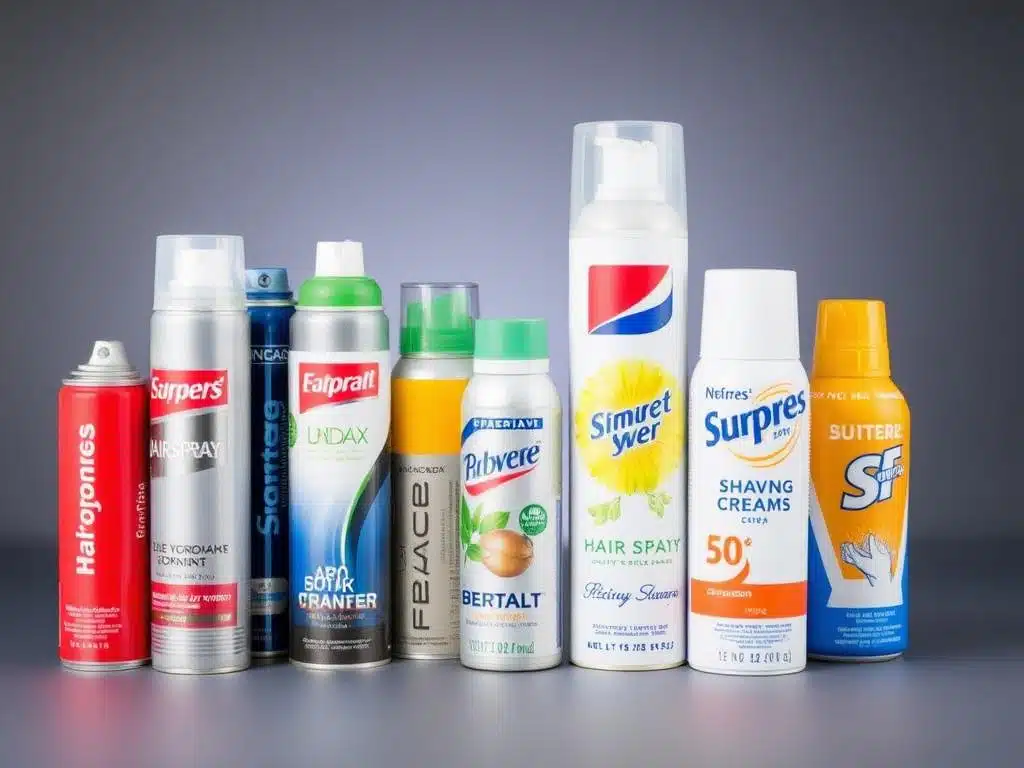
What Are Examples Of Aerosols Products?
Ever wondered what that fine mist from your spray can is?
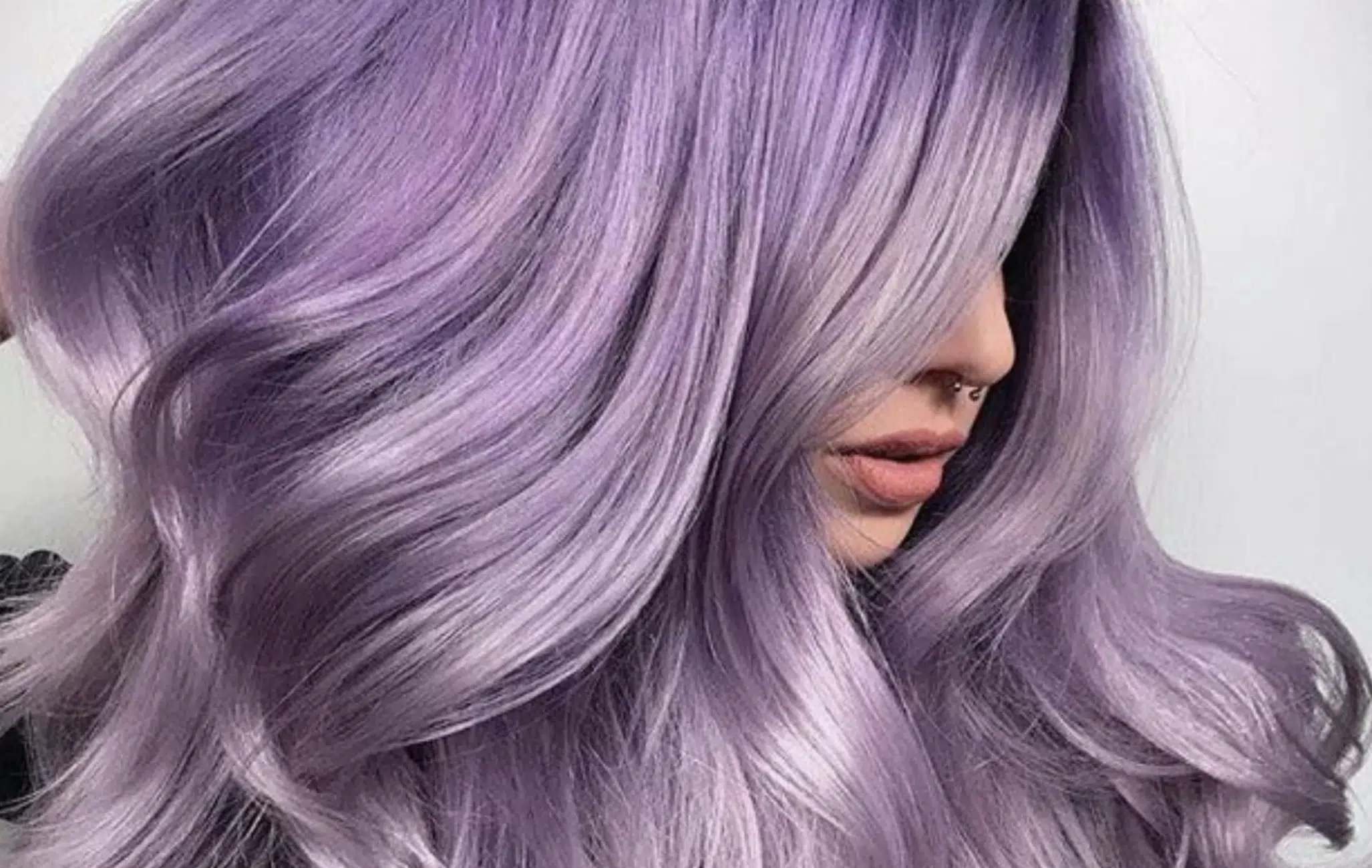
What’s The Difference Between Highlights And Balayage?
Getting the perfect sun-kissed look for your hair involves choosing between two popular coloring techniques: balayage and traditional highlights.
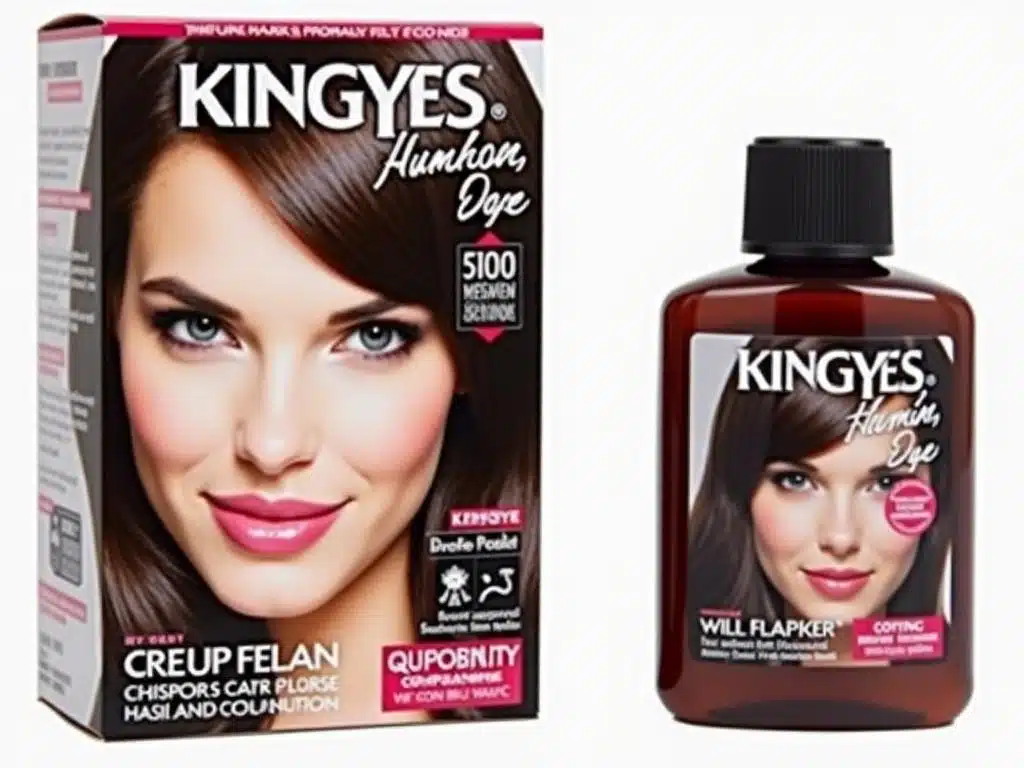
What Is The Healthiest Brand Of Hair Dye?
Want to dye your hair without compromising its health? Are you looking for the best natural hair dye that delivers vibrant color without harsh chemicals?
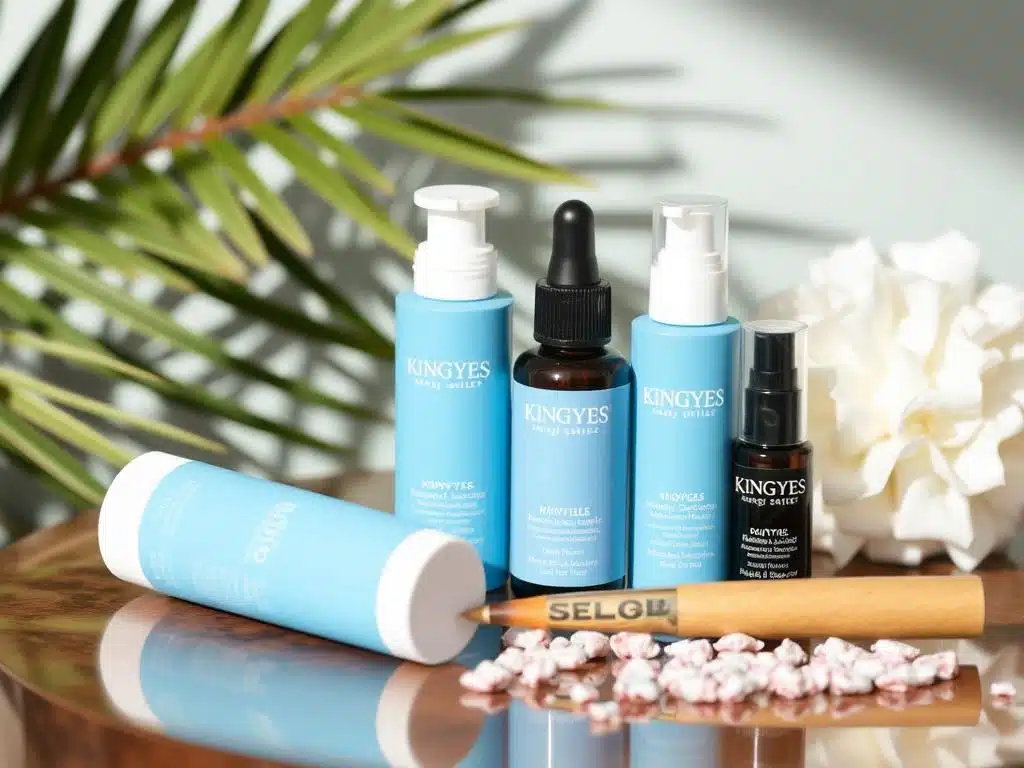
How To Sell Cosmetics On AliExpress ?
AliExpress, the global retail marketplace of the Alibaba Group, offers a tremendous opportunity for entrepreneurs and businesses to reach a vast international audience.
- +86 151 1839 7303
- [email protected]
- Mon-Sun 07:00-23:00
Tags
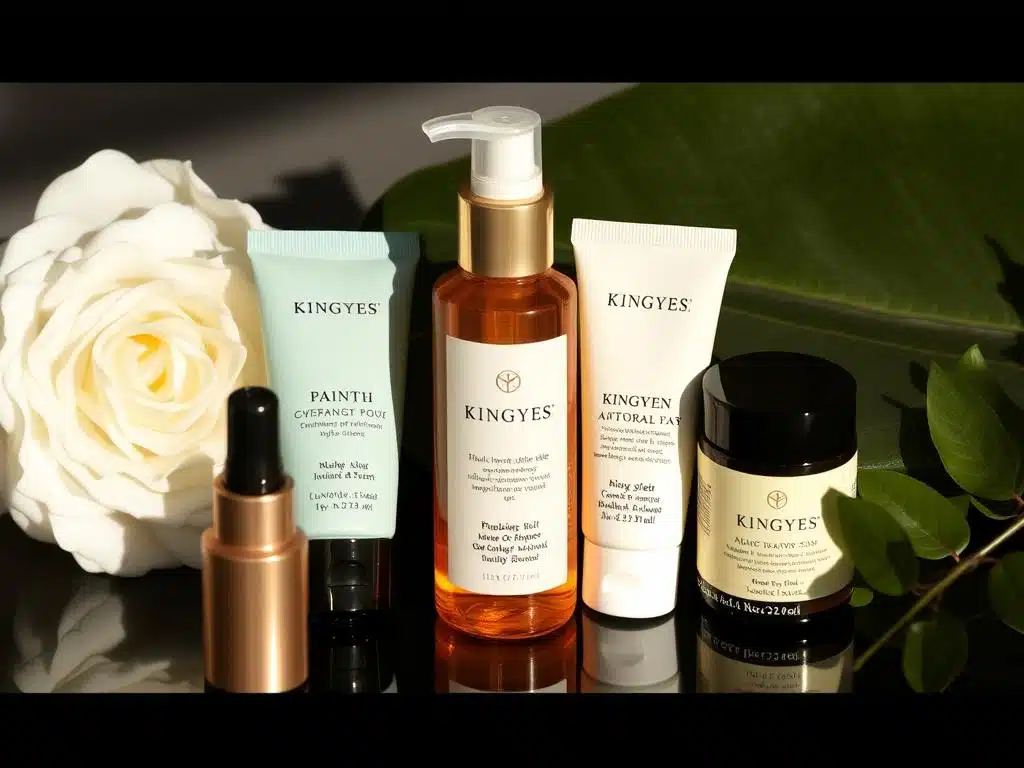
How To Sell Cosmetics On WeChat?
Are you ready to tap into the world’s largest beauty market?

How To Sell Cosmetics On Shopee?
Looking to sell cosmetics and tap into the booming e-commerce market of Southeast Asia?
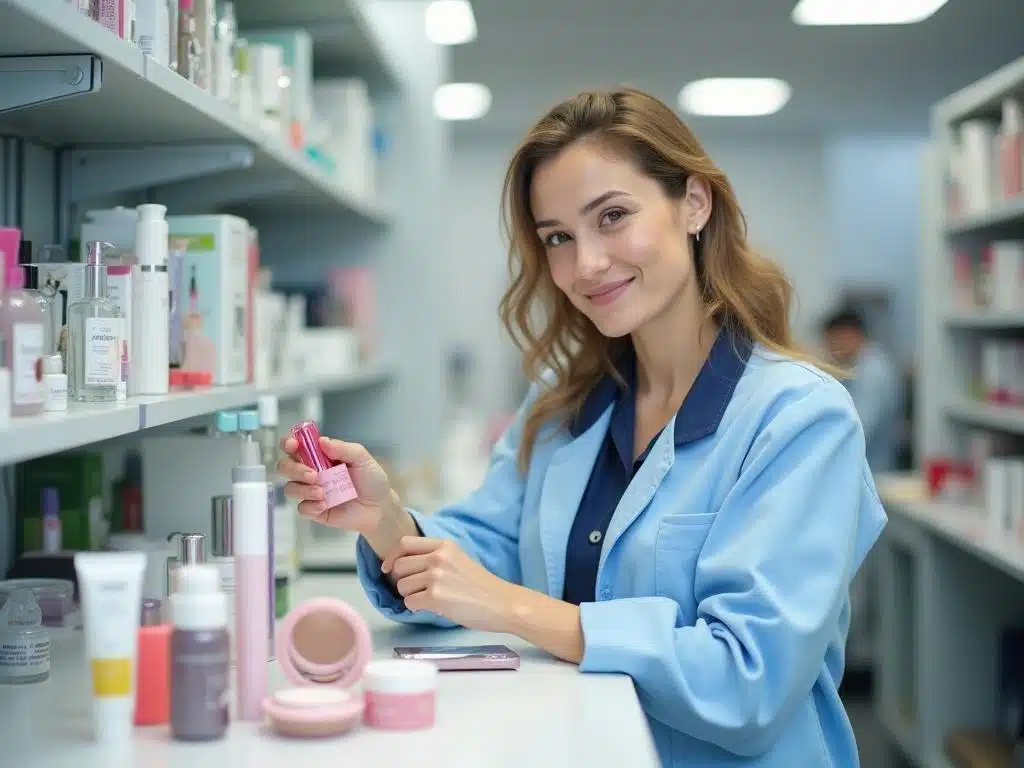
How To Cooperate With Cosmetics Factories?
In the dynamic and competitive beauty industry, partnering with the right cosmetic manufacturer is paramount to the success of your cosmetics business.

